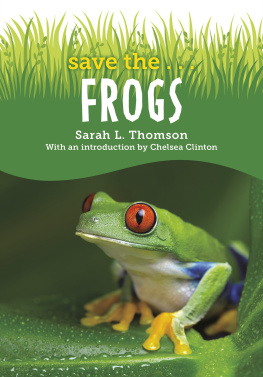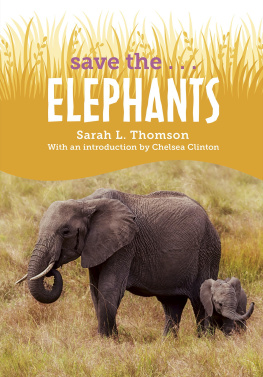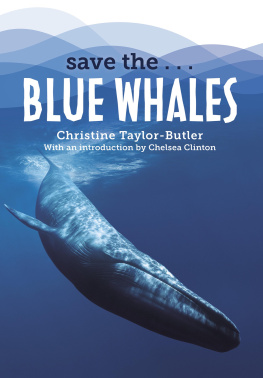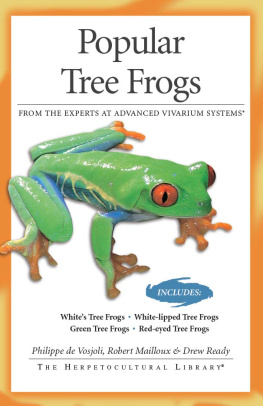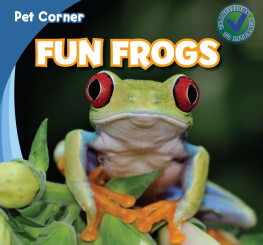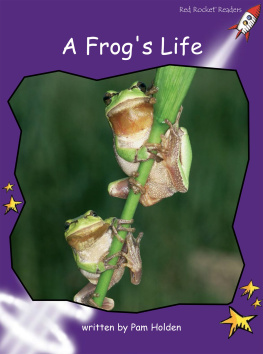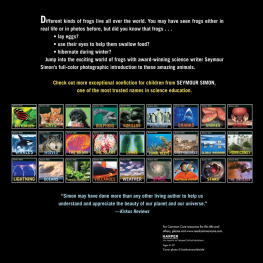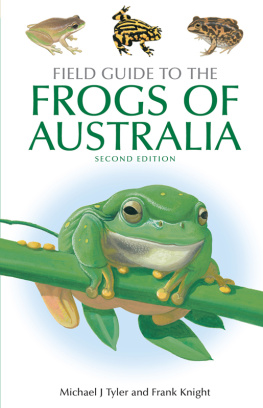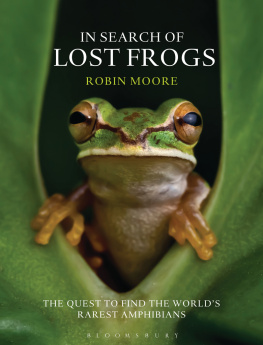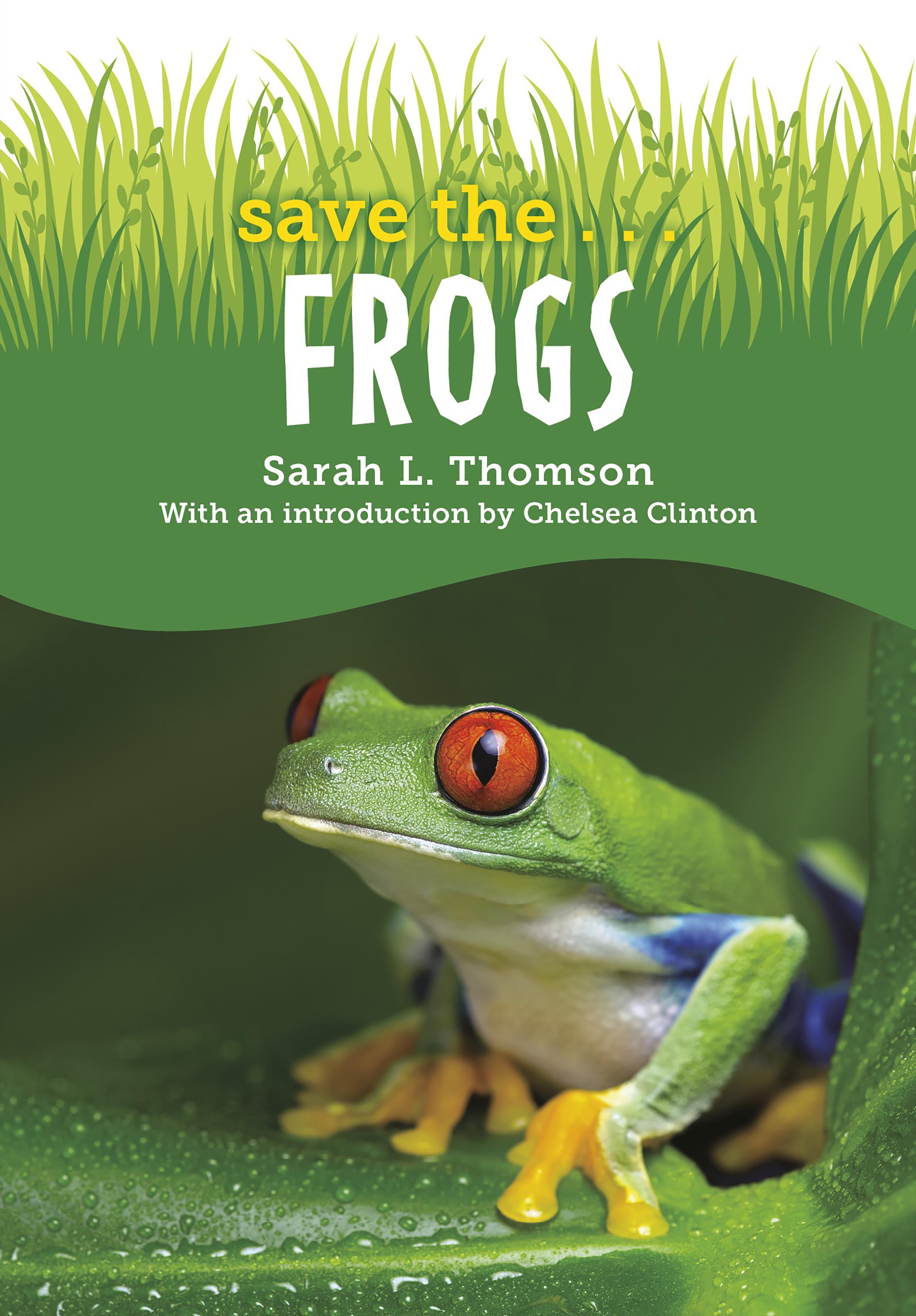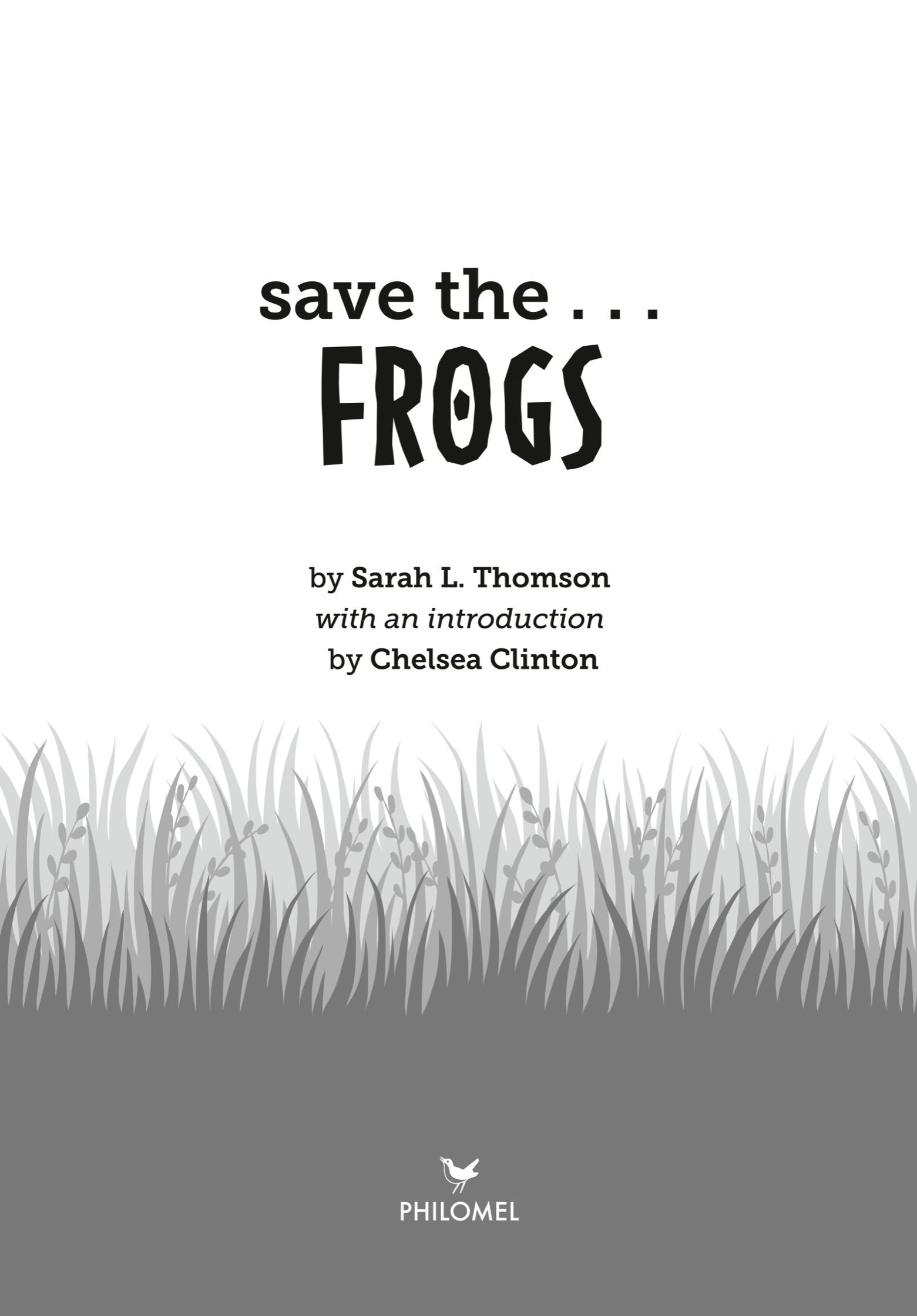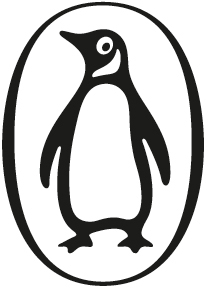PHILOMEL BOOKS
An imprint of Penguin Random House LLC, New York
First published in the United States of America by Philomel Books,
an imprint of Penguin Random House LLC, 2023
Text copyright 2023 by Chelsea Clinton
Photo credits: : Cecil W. Stoughton/U.S. National Park Service
Penguin supports copyright. Copyright fuels creativity, encourages diverse voices, promotes free speech, and creates a vibrant culture. Thank you for buying an authorized edition of this book and for complying with copyright laws by not reproducing, scanning, or distributing any part of it in any form without permission. You are supporting writers and allowing Penguin to continue to publish books for every reader.
Philomel Books is a registered trademark of Penguin Random House LLC.
Visit us online at penguinrandomhouse.com.
Library of Congress Cataloging-in-Publication Data is available.
ISBN 9780593404119 (hardcover)
ISBN 9780593404126 (paperback)
ISBN 9780593404133 (ebook)
Edited by Talia Benamy and Jill Santopolo
Design by Lily Qian, adapted for ebook by Andrew Wheatley
The publisher does not have any control over and does not assume any responsibility for author or third-party websites or their content.
pid_prh_6.0_142226813_c0_r0
save the...
save the...
BLUE WHALES
save the...
ELEPHANTS
save the...
FROGS
save the...
GIRAFFES
save the...
GORILLAS
save the...
LIONS
save the...
POLAR BEARS
save the...
TIGERS
save the...
WHALE SHARKS
Dear Reader,
When I was around your age, my favorite animals were dinosaurs and elephants. I wanted to know everything I could about triceratopses, stegosauruses and other dinosaurs that had roamed our earth millions of years ago. Elephants, though, captured my curiosity and my heart. The more I learned about the largest animals on land today, the more I wanted to do to help keep them and other endangered species safe forever.
So I joined organizations working around the world to support endangered species and went to our local zoo to learn more about conservation efforts close to home (thanks to my parents and grandparents). I tried to learn as much as I could about how we can ensure animals and plants dont go extinct like the dinosaurs, especially since its the choices that were making that pose the greatest threat to their lives today.
The choices we make dont have to be huge to make a real difference. When I was in elementary school, I used to cut up the plastic rings around six-packs of soda, glue them to brightly colored construction paper (purple was my favorite) and hand them out to whomever would take one in a one-girl campaign to raise awareness about the dangers that plastic six-pack rings posed to marine wildlife around the world. I learned about that from a book50 Simple Things Kids Can Do to Save the Earthwhich helped me understand that youre never too young to make a difference and that we all can change the world. I hope that this book will inform and inspire you to help save this and other endangered species. There are tens of thousands of species that are currently under threat, with more added every year. We have the power to save those species, and with your help, we can.
Sincerely,
Chelsea Clinton
CONTENTS
_142226813_
ANYWHERE THERES WATER:
WHERE FROGS LIVE
Some endangered animals arent easy to find. You probably wont spot a tiger in your backyard or a polar bear strolling down the street.
If youre looking for a frog, though, youre in luck. There are frogs and toads on every continent of Earth except Antarctica. Not every kind of frog or toad is endangered, but many of them are. Youll find out in chapter three why the world has become such a dangerous place for these small animals.
(Whats the difference between a frog and a toad? Well, not much. A toad is just a kind of frog. Usually a toad has bumpy skin instead of smooth, and short hind legs instead of long. But there are some frogs with bumpy skin, and there are some toads with long legsit just depends on the name given to that animal long ago.)
Frogs Worldwide
Youll find frogs pretty much anywhere with water. Swamps and ponds and streams are great places to look for frogs. But frogs can also live in forests, on mountains, and even in deserts and on the icy tundra where the soil deep underground is always frozen.
In the Arctic Circle, so far north that the sun doesnt rise in the winter, you can find the wood frog. This amazing animal freezes nearly solid in the winter. It doesnt move. Its heart doesnt even beat. But its not dead. It survives because its body replaces most of the water inside its cells with a kind of sugar. Water expands when it freezes. Sugar does not. So the sugar allows much of the frogs body to be frozen without harm. When spring arrives, the frogs body thaws, its heart begins to beat again, and it hops back off to its normal life.
In the warm, damp rainforest of Central and South America you might spot a poison frog. There are about 180 different species of these tiny frogs, and they are some of the most colorful animals on Earth. Their bright hues arent just for show. They warn other animals that the frogs skin contains a liquid that can kill anyone who tries to take a biteor at least make the predator sick. The golden poison frog is one of the most dangerous. It doesnt grow more than two inches long, but each little frog carries enough poison to kill ten people.
The golden poison frog, which can be found in the South American country of Colombia, is one of the brightest and deadliest animals on Earth.
If you visit African rainforests near the equator, you might find the largest frog in the world: the goliath frog (also called the giant slippery frog). With a body eight to twelve inches long, it weighs more than a Chihuahua.
In the deserts of Australia, you could come across the water-holding frog. If you were very thirsty, that would be a good thing. During the rainy season, these frogs gulp down as much water as they can hold. When the rains stop, they burrow deep into the dirt to stay cool and moist. Their underground burrows are lined with many layers of the frogs own shed skin, which helps to keep the animal from drying out.
If you were lost in the desert and ran out of water, you could find a patch of mud and dig down to turn up a water-holding frog, then hold it over your mouth and squeeze. It would release the water its holding, and youd get a drink. The indigenous people of Australia have sometimes used these frogs as a source of water in an emergency.

